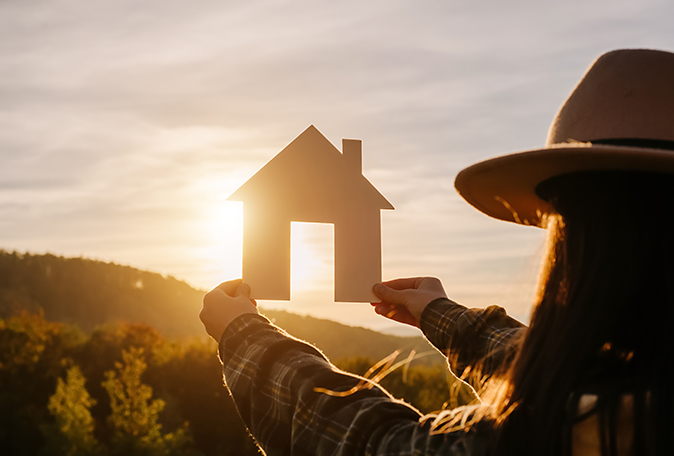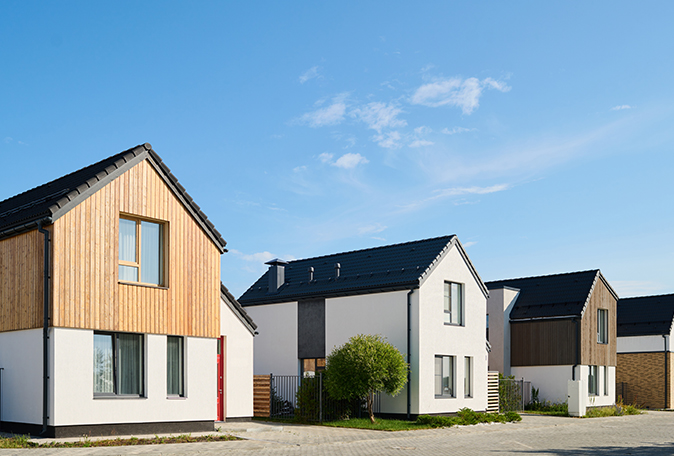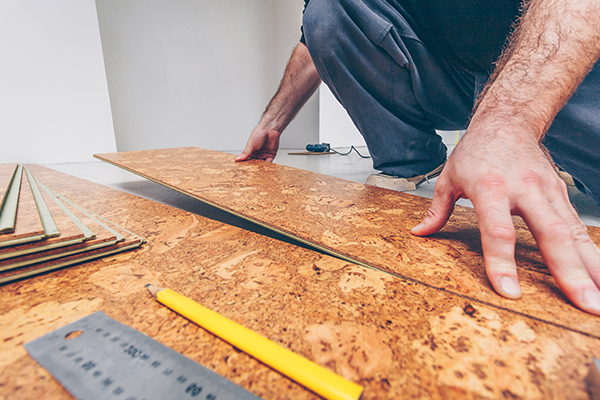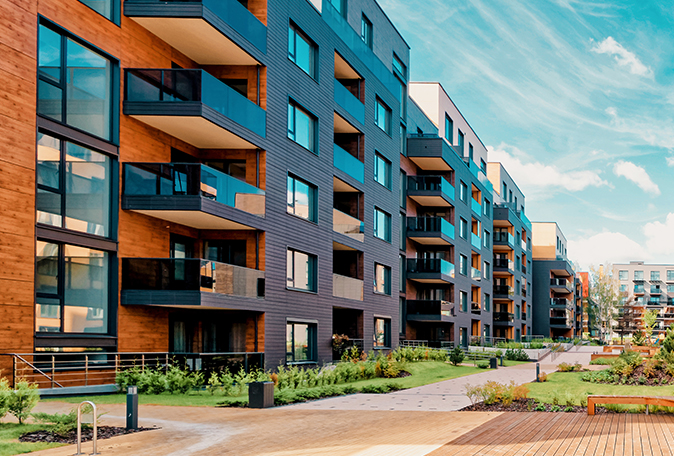Myths
1 Green buildings are always more expensive.
While there can be higher initial costs for some green technologies or materials, the long-term savings in energy, water, and maintenance often outweigh the upfront investment. Moreover, there are numerous cost-effective sustainable strategies that don’t require a significant financial outlay.
Over a building’s lifecycle, green features can save money in energy, water, and maintenance. For instance, a study by the World Green Building Council found that many green buildings achieve a payback of under five years for the added investments.

2 Sustainable means sacrificing comfort and aesthetics.
Many green designs prioritize comfort and aesthetics. Natural lighting, for instance, can enhance both energy efficiency and occupants’ well-being. Sustainable materials also offer diverse design options.

3 Solar only works when the sun is shining, and I still need power when it’s raining.

4 Solar panels will make my home sustainable.
While solar panels reduce energy costs, true sustainability includes water conservation, efficient heating/cooling, and sustainable material use. A comprehensive approach is necessary.

5 Making my home green will make it more difficult to sell.
There’s a misconception that green homes are harder to sell. In reality, demand for eco-friendly homes is on the rise. According to a survey by the National Association of Realtors (NAR), many buyers find eco-friendly features important. Green homes often command higher sale prices and boast reduced operating costs, appealing to a broader market. As environmental awareness grows, especially among younger generations, homes with sustainable features align more with buyers’ values, potentially increasing home value and facilitating quicker sales.

6 Sustainable materials are of lower quality.

7 Green homes look weird or unconventional.

8 LEED or other green certifications are just marketing tools.
While no certification is perfect, established green building certifications like LEED, Built Green, or Passive House have stringent requirements and provide a benchmark for sustainability. They can be valuable tools for ensuring that buildings meet a certain sustainability standard. According to an a 2017 article by the U.S. Green Building Council, “Twenty-five years after its launch, Energy Star has saved consumers $430 billion on energy costs and prevented greenhouse gas emissions equivalent to 350 million vehicles…Since 2000, LEED projects have diverted more than 80 million tons of waste from landfills.”

9 Natural materials are always better.

10 Technology will solve all our sustainability problems.


